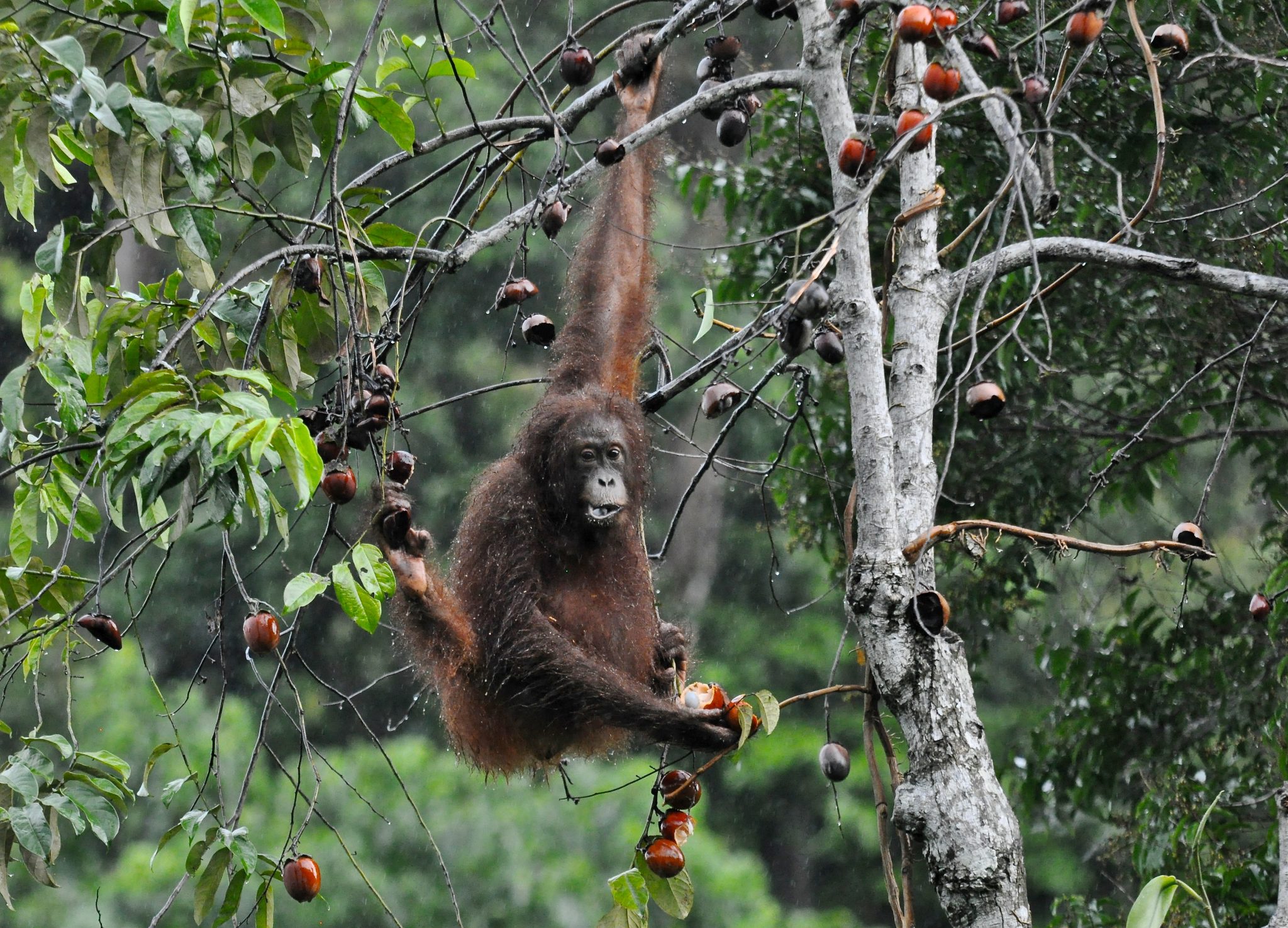| Principal Investigator: | Dr Matthew Struebig |
|---|---|
| Project dates: | 2012-2014 |
| Funding: | The Leverhulme Trust, UNEP Great Apes Survival Partnership |
| Collaborators: | Universiti Malaysia Sabah, Zoologicial Society of London Indonesia Programme, Daemeter Consulting, Universiti Brunei Darussalam, Queen Mary University of London, People and Nature Consulting International, Leibniz Institute for Zoo and Wildlife Research |
Both habitat destruction and climate change cause species distribution shifts and extinctions, and are therefore major drivers of biodiversity loss. The relative versus combined consequences of these threats are highly debated, yet poorly understood, especially in the tropics where environmental impacts may be greater.
This project sought to inform biodiversity management over Borneo by modelling distributions and applying systematic conservation planning techniques to determine how mammal species might respond to land-cover and climate change. Bringing together a network of conservation practitioners, the research culminated in a spatial prioritisation assessment for 81 mammal species. The research concluded that, when combined, deforestation and climate change risk sizeable habitat loss for almost half of Borneo’s mammal species, but that improved forest management in upland areas could help curb these potential impacts. For critically endangered orang-utans, these effects could be particularly strong, and calls into question whether ongoing translocation efforts should consider climate impacts on the species as well as those from deforestation.
Outputs:
- Struebig, M.J. et al. (2015) Targeted conservation to safeguard a biodiversity hotspot from climate and land-cover change. Current Biology 25, 372-378.
- Struebig, M.J. et al. (2015) Anticipated climate and land‐cover changes reveal refuge areas for Borneo’s orang‐utans. Global Change Biology 21, 2891-2904.

